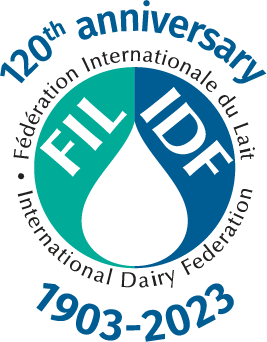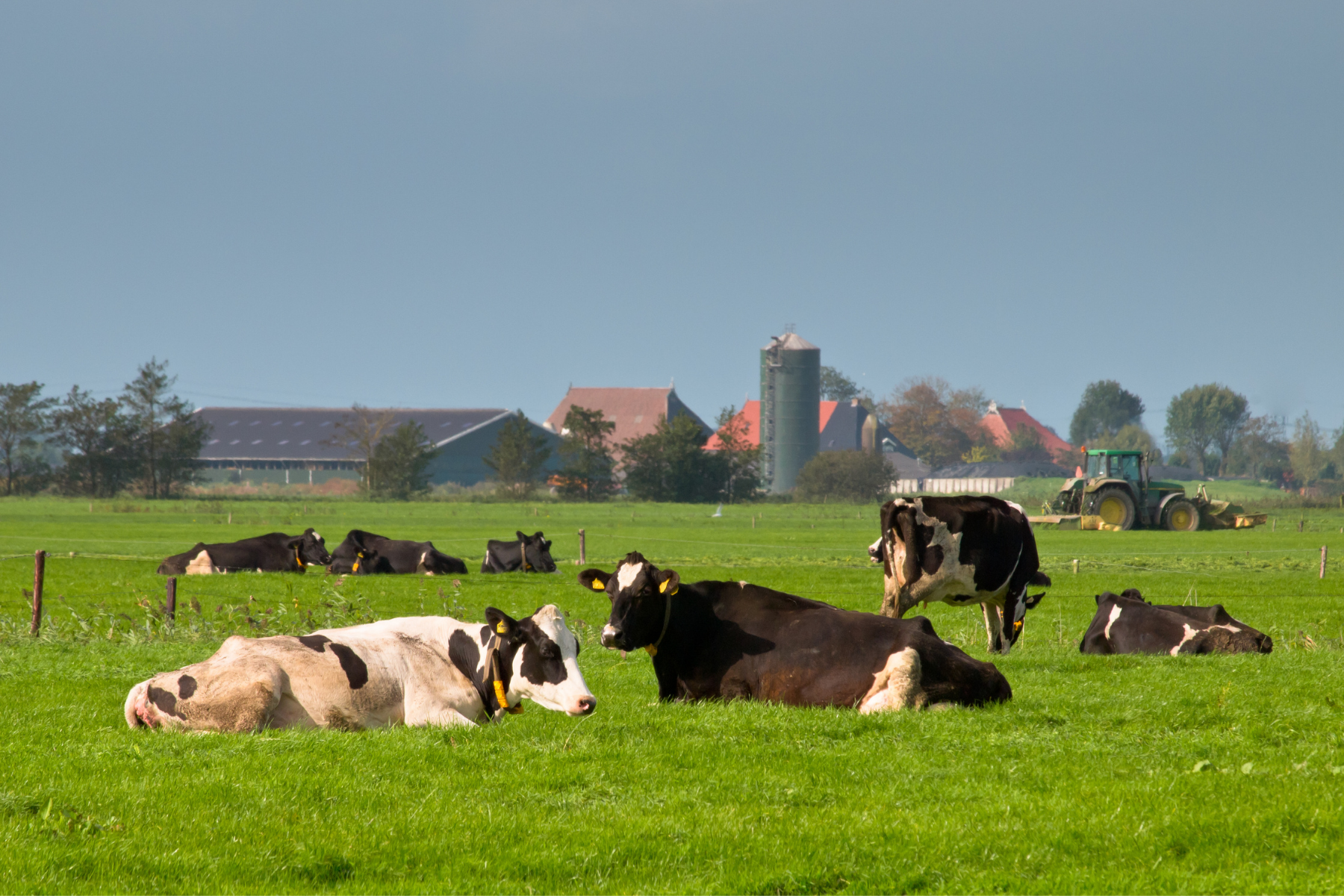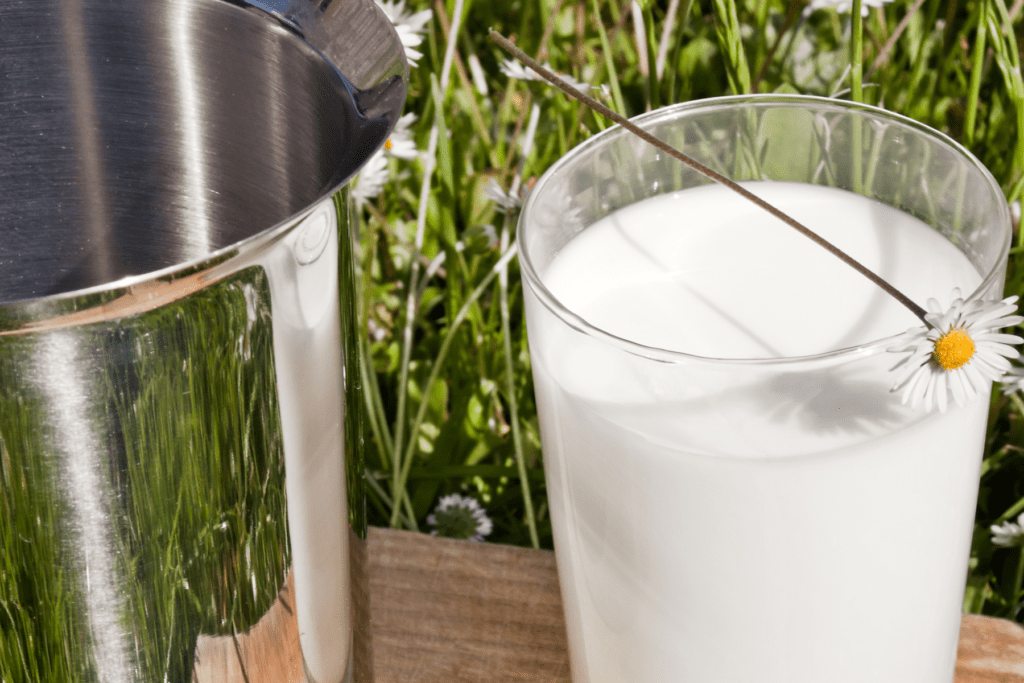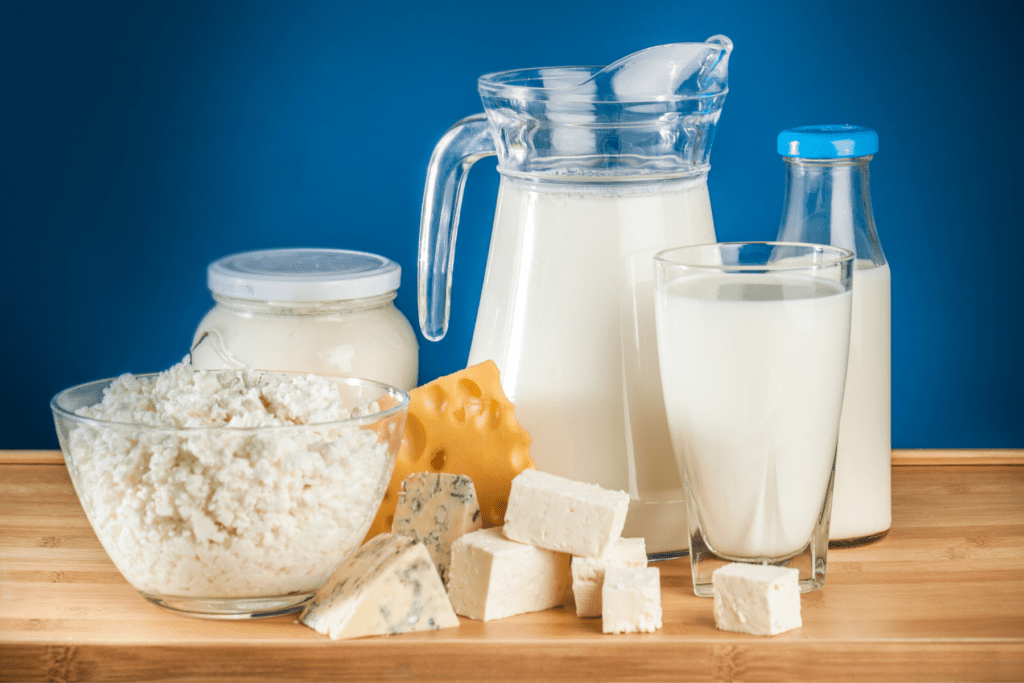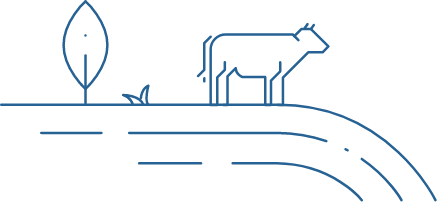In a preview article from the upcoming IDF Dairy Sustainability Outlook edition 3, we look at a case study in Ireland to harness practical measures within dairy agroecosystems to address climate change and biodiversity.
Ireland is one of the 197 countries that have signed up to the Paris Agreement, which aims to limit the rise in global temperature this century to below 2°C above pre-industrial levels. The EU has set a target to reduce emissions in the non-ETS sector, as an example, for Ireland, of 20% reduction in emissions to 2020 and 30% to 2030, compared to 2005. This, all while dairy production is expanding due to removal of EU quotas for milk in 2015. Thus, sustainable production is key, and the Irish Department of Communications, Climate Action and Environment (DCCAE) has published a roadmap for reducing emissions, i.e., the Climate Action Plan. The plan reflects research conducted by, Teagasc, the state’s Irish Agriculture and Food Development Authority. It performed an analysis of abatement potential for greenhouse gas emissions for the period 2021-2030, leading to the generation of the Marginal Abatement Cost Curve (MACC) that identifies the most cost-effective opportunities to reduce sectoral emissions. The MACC outlines the cost and effectiveness of implementing a range of practical measures on GHG emissions and is thus a critical tool for improving farm efficiency and climate change mitigation.
Moving the wheel
Success of the Irish Dairy Sector requires implementation of sustainability measures on the ground; here are seven identified practical ways to improve farm sustainability:
- A joint public / private agricultural sustainability support and advisory programme (ASSAP) established to give direct advice to farmers, particularly in the area of water quality
- Improving carbon capture by forestry including hedgerows and rewetting peat soils
- Improved energy efficiency and renewable energy
- Reducing losses from animal manures such as slurry
- Use of protected urea
- Improving nitrogen use efficiency and substituting clover for chemical fertiliser
- Improved Economic breeding index (EBI, dairy cow breeding index in Ireland) and extending the grazing season
Importantly, the MACC represents a plan to achieve an objective, however farmers will need support to implement these measures at farm scale. A whole of sector approach is crucial, such as the ASSAP initiative for water quality, with advisory and knowledge transfer services playing a critical role as opportunities for climate-smart agriculture emerge. The new Teagasc Sign Post farms initiative will demonstrate the practical implementation of the MACC across a wide range of Irish farming systems.
History of success
The continuing reduction in the already low emissions intensity of dairy production in Ireland is a measurable achievement but now the challenge is to reduce absolute emissions. Clear plans have been put in place to reduce greenhouse gas and ammonia emissions, increase carbon capture, improve water quality and protect / improve biodiversity. A carbon navigator tool is used to measure the impact of the adopted practice implemented using the MACC guidelines, facilitate knowledge transfer and allow comparison to neighbouring farms and participate in quality assurance schemes through Ireland’s Bord Bia agency. The completion of carbon footprint assessments at national level by Bord Bia was a world first and was coupled with a reduction in the average carbon footprint of both beef and dairy farms.
The MACC curve provides Irish agriculture with a practical roadmap to reduce sectoral emissions. Supported by the carbon navigator, demonstration farms (e.g., signpost farms) and outreach through advisory services, the Irish agricultural sector and supporting government agencies can assure the global marketplace of the sustainable production of its dairy produce. The initiatives used provide part of the solution to feed the world’s population, while not degrading natural resources. Farmers can improve income and the environmental sustainability of their farms through adopting realistic and measurable practices. Equally, consumers can be confident of the green credentials of Irish agricultural production.
New opportunities
New opportunities can be realised through farm efficiency, i.e., the ability to produce food with fewer inputs, reducing emissions and cost to the farmer. Strategies to achieve this include changes to dairy economic breading indexes (EBI), genomics, improved animal health, extended grazing, and sexed semen. By delivering on these efficiencies, the carbon footprint of dairy (and beef) can be reduced. Improved nutrient management planning, that accounts for soil type and environmental factors will enhance production while reducing environmental losses. Multi-species swards that combine diverse forage species with different characteristics can support steady growth at reduced fertiliser application, importantly in summer when it is critical for greenhouse gas emissions. Enhancing the carbon sequestration of the land in combination with bio-energy and energy saving can also play a substantial role in reducing Ireland’s dependence on fossil fuels. A signpost farm advisory programme is being put in place by Teagasc to implement MACC.
For further information on this article or on IDF’s forthcoming Dairy Sustainability Outlook edition 3, which will be released in June 2020, please contact IDF.
